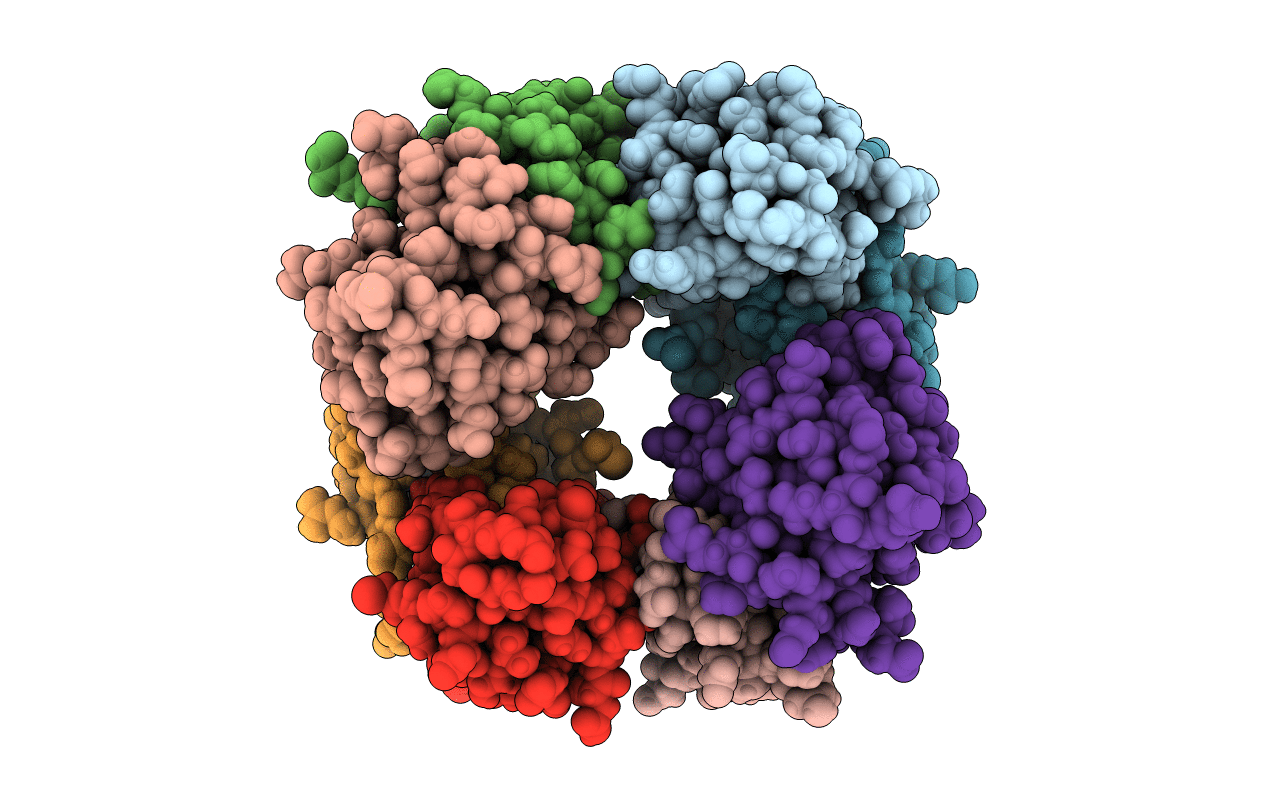
Deposition Date
2016-04-10
Release Date
2017-04-05
Last Version Date
2024-05-08
Method Details:
Experimental Method:
Resolution:
1.80 Å
R-Value Free:
0.23
R-Value Work:
0.19
R-Value Observed:
0.19
Space Group:
C 1 2 1


